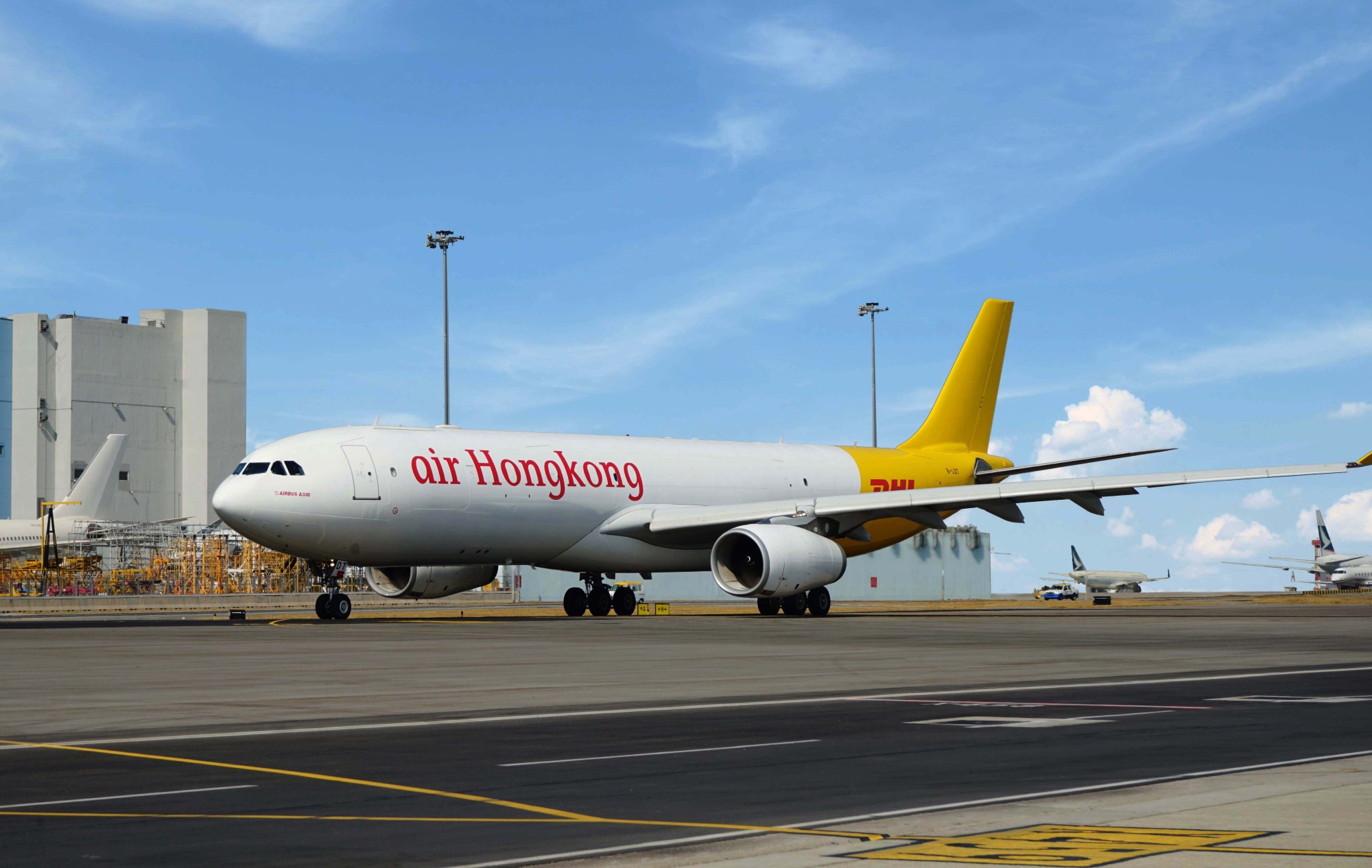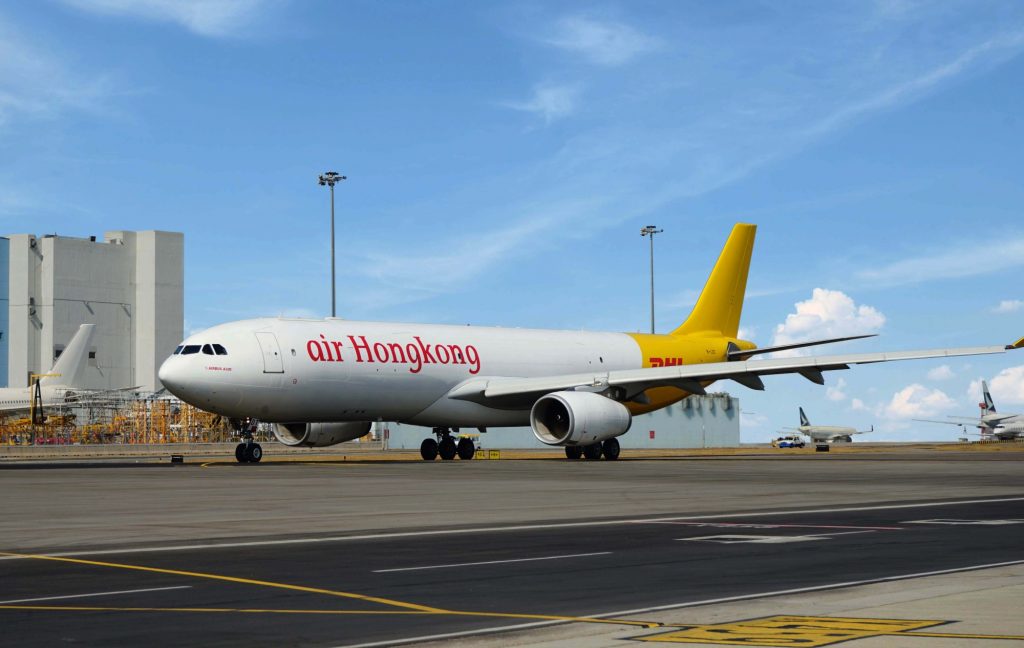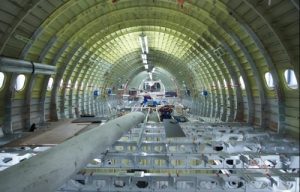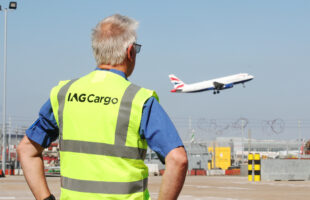

Air Hong Kong has welcomed the fifth A330 freighter to its fleet, joining two production A330-200Fs and now three A330-300 passenger-to-freighter conversions, in addition to nine older wide-body A300-600s.
The Cathay subsidiary is looking to add more capacity to move priority e-commerce shipments for customer DHL Express within Asia, and for Cathay Pacific Cargo during its downtime at Hong Kong International Airport.
Registered B-LDT, the aircraft was still flying passengers 18 months ago and was ferried to Dresden, Germany, in January 2020 for conversion, as Air Hong Kong explained the process:
“The main work after the seats and cabin fittings were removed and windows blocked, was in strengthening the main deck floor and installing motors to enable skids and containers to be negotiated through a new, large cargo door that is fitted into a large space cut into the side of the fuselage.
The A330-300P2F is longer than the purpose-built A330-200F, offering 26 main deck positions based on side-by-side loading against 22. There is, though, a payload penalty. The reinforcement work in the conversion means that the A330-300P2F’s average gross payload is 59 tonnes against 67 tonnes, and it has a marginally smaller range, which does not compromise its usage on Air Hong Kong’s regional network.”
The converted freighter arrived in January via Malta, where it received its distinctive “peeled banana” livery with Air Hong Kong and DHL Express branding, according to the carrier. A test flight was done on 4 February and it entered commercial service a few days later.
Clarence Tai, chief operating officer, commented, “The A330 offers a larger capacity than the A300 and is more fuel-efficient. We started building our A330 fleet in 2018. Now, we have five A330s, so our fleet capacity based on the same number of aircraft has increased by up to 10 percent compared to pre-2018.”
Air Hong Kong claims it was the first to operate the A330-300P2F, after seeing rising demand for e-commerce, which is now accelerating the demand in the narrow-body freighter market. “The COVID-19 pandemic has also played a part, with the decrease in overall capacity and the early retirement of aircraft as airlines retrench, increasing the available feedstock of passenger aircraft,” the airline stated.
“It’s a timely addition, as demand for air cargo remains high. We need the new aircraft to cope with the fast-growing intra-Asia express shipment business,” said Tai. “The new aircraft will allow us to maintain our on time performance for DHL and Cathay Pacific Cargo, as well as operate to the highest standards of safety.”








